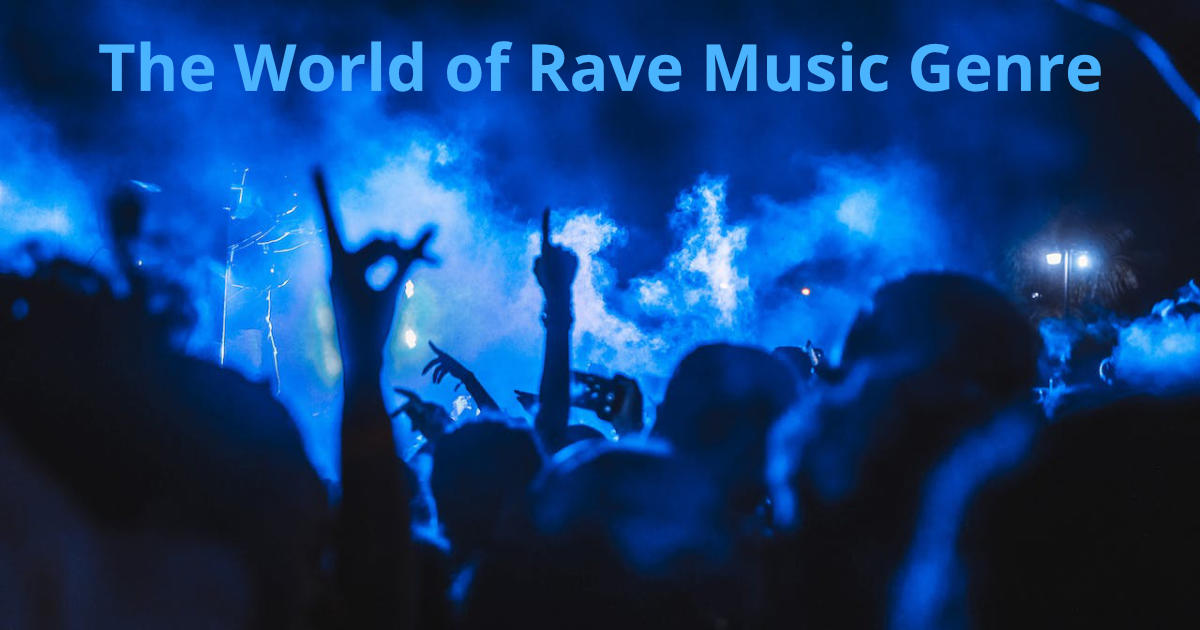Estimated reading time: 0 minutes
Rave music is an exhilarating genre that has captivated music enthusiasts for decades. It is a unique style of electronic dance music (EDM) that originated in the 1980s and has since evolved into various subgenres. Rave music is characterized by its fast beats, energetic melodies, and pulsating basslines, which create an electrifying atmosphere on the dance floor. In this guide, we will delve into the world of rave music, exploring its history, different genres, and popular forms.
Table of contents
- Definition of Rave Music
- History of Rave Music
- The Origin of the Term “Rave”
- Types of Rave Music Genres
- Popular Forms of Rave Music
- Rave Parties: A Thrilling Journey into the Underground
- Elevate Your Rave Music Creations: Unleash the Power of Sample Packs and Tutorials
- Techno Threads: Embracing the Rave Fashion
- Dive Deeper: Explore More Rave Music Insights
- Conclusion
- FAQ
Definition of Rave Music
Rave music can be defined as a genre of electronic dance music that is specifically created for parties and raves. It is designed to keep the crowd energized and dancing throughout the night. Rave music is characterized by its high tempo, repetitive beats, and use of synthesizers and drum machines. The music is often accompanied by stunning light displays and visual effects, enhancing the overall experience for partygoers.
History of Rave Music
The history of rave music dates back to the early 1980s when underground parties started gaining popularity in Europe. These parties were often held in abandoned warehouses or open fields, attracting a diverse crowd of music enthusiasts. The music played at these parties was a fusion of various genres, including disco, funk, and electronic music. As the rave culture grew, DJs began experimenting with different sounds and rhythms, giving birth to the distinctive rave music we know today.
The Origin of the Term “Rave”
The term “rave” originated from the late 1950s jazz and blues scene in the United States. It was used to describe an intense and exciting musical performance. In the 1980s, the term was adopted by the British underground party scene to describe the all-night dance parties that were becoming increasingly popular. The word “rave” soon became synonymous with the energetic and euphoric atmosphere of these parties, eventually lending its name to the music genre itself.
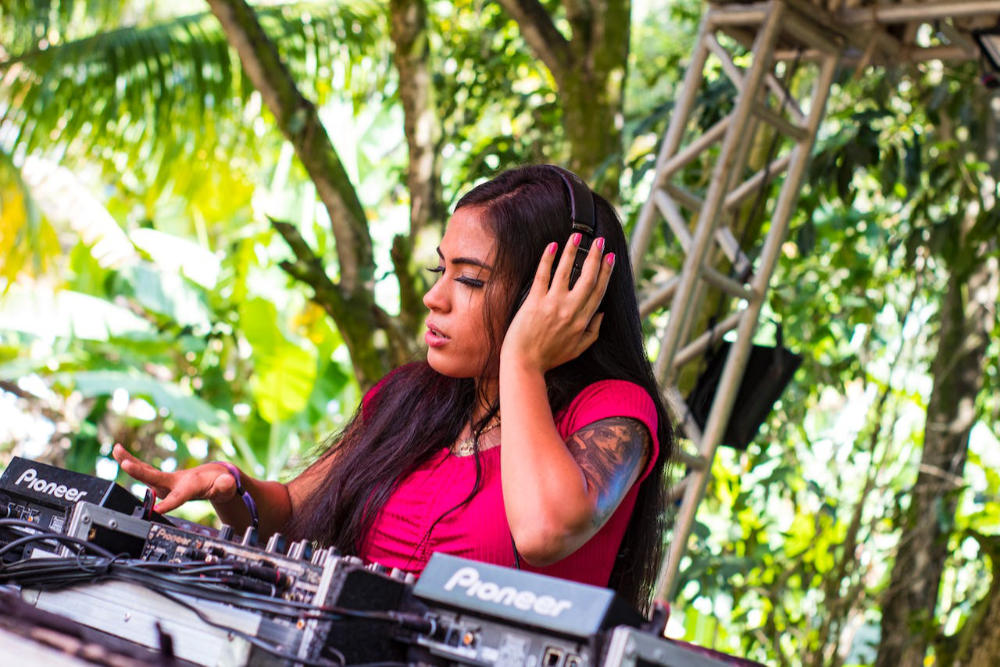
Types of Rave Music Genres
Rave music encompasses a wide range of genres, each with its own unique characteristics. Let’s explore some of the most popular types of rave music genres:
Progressive House
Progressive house is a genre that emerged in the early 1990s. It is characterized by its melodic and atmospheric sound, often featuring long build-ups and epic drops. Progressive house tracks are known for their smooth transitions and intricate layering of sounds.
Acid House
Acid house is a subgenre of house music that originated in the late 1980s. It is characterized by its distinctive “squelching” sound, which is created by using the Roland TB-303 synthesizer. Acid house tracks often have a repetitive and hypnotic quality, making them perfect for long nights of dancing.
Electronic Dance Music (EDM)
Electronic dance music, commonly known as EDM, is a broad genre that encompasses various styles of electronic music. It includes genres such as house, trance, dubstep, and many others. EDM is characterized by its energetic beats, catchy melodies, and infectious hooks. It has become increasingly popular in recent years, dominating the mainstream music scene.
Drum and Bass
Drum & bass, also known as D&B, is a high-energy genre that originated in the United Kingdom in the early 1990s. It is characterized by its fast breakbeats, heavy basslines, and intricate drum patterns. Drum & bass tracks often feature rapid tempo changes and intense drops, creating a thrilling and adrenaline-fueled experience on the dance floor.
Trance
Trance music is a genre that emerged in the early 1990s. It is characterized by its hypnotic and uplifting sound, often featuring ethereal melodies and pulsating beats. Trance tracks are known for their long build-ups and euphoric breakdowns, transporting listeners to a state of trance-like bliss.
Progressive Trance
Progressive Trance is a subgenre of trance music characterized by its evolving and layered soundscapes. It features rolling basslines, uplifting melodies, and extended track structures that build gradually, leading to euphoric climaxes. With its emphasis on progression and intricate musical arrangements, Progressive Trance takes listeners on a journey, evoking feelings of upliftment and euphoria.
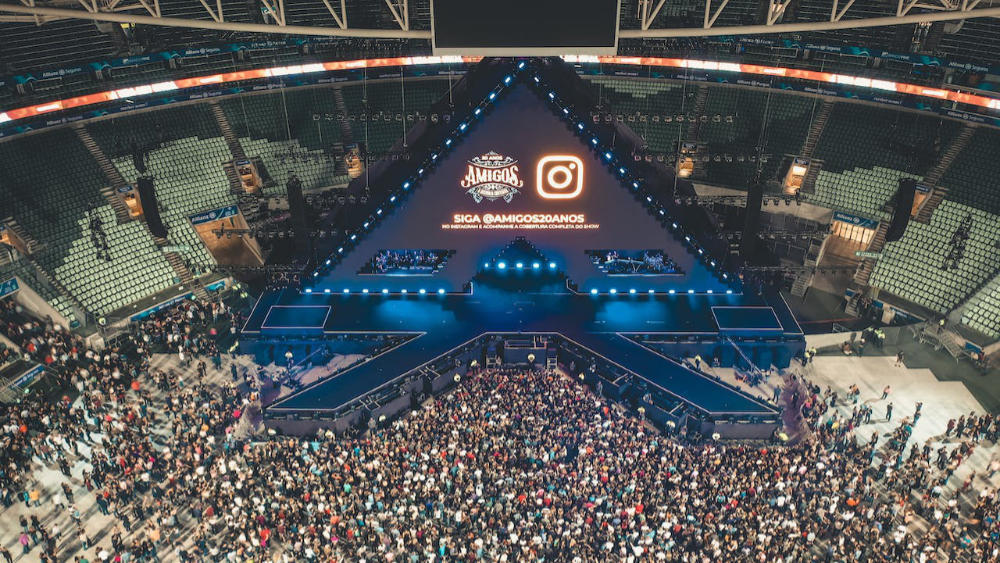
Techno
Techno music is a genre that originated in Detroit, Michigan, in the early 1980s. It is characterized by its repetitive beats, minimalistic soundscapes, and futuristic vibe. Techno tracks often have a driving rhythm and a relentless energy that keeps the crowd moving.
Melodic Techno
Melodic Techno is a subgenre of techno that blends the driving beats of techno with melodic and emotional elements. It features atmospheric melodies, evolving synth patterns, and a balance between hypnotic rhythms and harmonious, emotive tones. Melodic Techno creates a captivating, immersive experience on the dance floor, blending deep emotions with the genre’s signature energy.
Hardstyle
Hardstyle music is a genre that originated in the Netherlands in the early 2000s. It is characterized by its hard-hitting beats, distorted basslines, and aggressive sound. Hardstyle tracks often feature a fusion of hard trance and hardcore techno elements, creating a unique and powerful sound.
Hardcore Gabber
Hardcore gabber music is a genre that originated in the Netherlands in the early 1990s. It is characterized by its extremely fast beats, heavy basslines, and aggressive sound. Hardcore gabber tracks often feature distorted vocals and intense synth lines, creating a high-energy and chaotic atmosphere.
Happy Hardcore
Happy Hardcore is an upbeat and energetic subgenre of hardcore dance music. Known for its high tempo, catchy melodies, and cheerful vibes, it often incorporates pitched-up vocals, piano riffs, and fast beats that create a euphoric and playful atmosphere on the dance floor.
Ambient
Ambient music is a genre that focuses on creating a soothing and atmospheric sound. It is characterized by its slow tempo, ethereal melodies, and minimalist approach. Ambient tracks often feature long, evolving soundscapes that create a sense of relaxation and tranquility.
Breakbeat
Breakbeat music is a genre that originated in the United Kingdom in the 1980s. It is characterized by its syncopated drum patterns, heavy basslines, and use of samples. Breakbeat tracks often have a funky and energetic vibe, making them perfect for dancing.
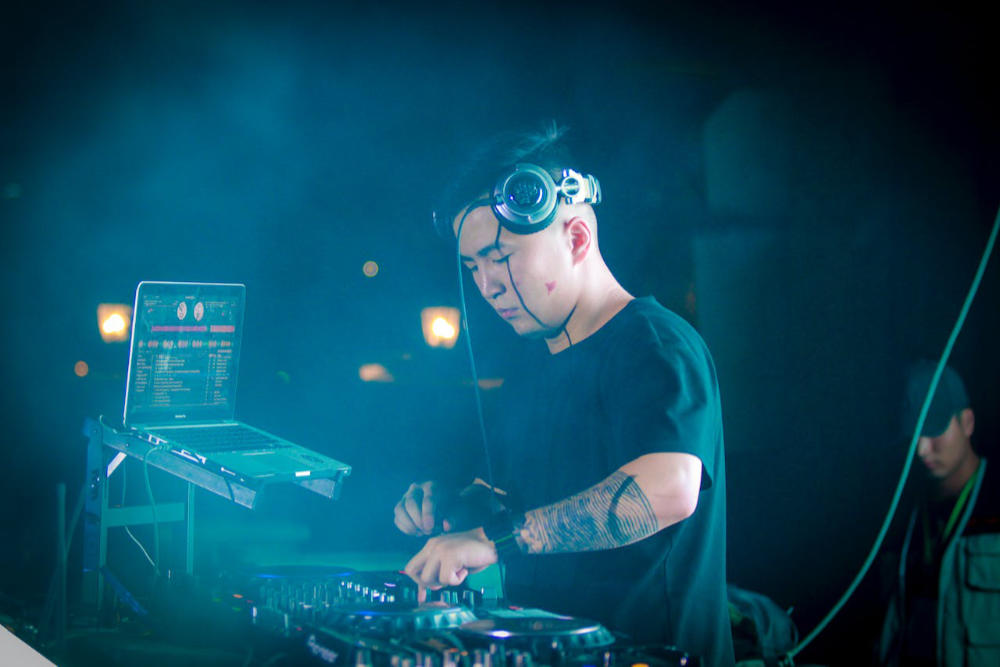
Electro House
Electro House is a dynamic subgenre characterized by its fusion of electro, house, and sometimes elements of techno. It features heavy basslines, prominent synths, and distorted sounds. With its infectious rhythms and intense drops, Electro House energizes crowds and is a mainstay in clubs and festivals.
Tech House
Tech House is a genre that combines elements of techno and house music. It features a groove-driven sound with rhythmic beats, minimalistic arrangements, and a focus on repetition and build-ups. Known for its hypnotic quality, Tech House seamlessly blends the best of both genres, making it suitable for extended dance sessions.
Deep House
Deep House is a subgenre of house music known for its smooth, mellow, and soulful vibes. It features a slower tempo than traditional house music, focusing on deep basslines, rhythmic percussion, and soothing melodies. Often characterized by its atmospheric sounds, subtle vocals, and immersive grooves, Deep House creates a laid-back yet captivating ambiance, perfect for late-night club settings or relaxing at home.
Tribal House
Tribal House is a subgenre of house music characterized by its rhythmic percussion, ethnic influences, and earthy, tribal rhythms. It often incorporates African or Latin elements, such as tribal chants, drums, and percussion instruments, creating an energetic and hypnotic groove that encourages dancing and a primal connection to the music.
Trap
Trap is a genre that originated from hip-hop and electronic music. It’s characterized by its heavy, aggressive beats, prominent use of sub-bass, and distinctive hi-hat rolls. Often incorporating rap vocals, Trap music creates a dark and intense atmosphere, and its popularity has expanded beyond its origins, influencing various other music genres and cultures.
Dubstep
Dubstep is an electronic music genre known for its heavy basslines, syncopated rhythms, and distinctive use of sub-bass frequencies. Originating in South London, Dubstep features dark, intense sounds often characterized by dramatic build-ups and powerful drops. Its signature elements include wobble basslines, intricate sound manipulation, and a fusion of influences from dub, garage, and drum & bass, creating a dynamic and impactful sonic experience.
The rave music genres summarized
| Rave Music Genres | Description |
|---|---|
| Progressive House | Melodic, atmospheric, with smooth transitions, epic drops, and intricate layering of sounds. |
| Acid House | Distinctive “squelching” sound from the Roland TB-303, repetitive, and hypnotic qualities. |
| Electronic Dance Music (EDM) | Encompasses various electronic styles like house, trance, dubstep, known for energetic beats and catchy melodies. |
| Drum & Bass | High-energy genre with fast breakbeats, heavy basslines, and intense drops, creating an adrenaline-fueled experience. |
| Trance Music | Hypnotic, uplifting, with ethereal melodies and euphoric breakdowns inducing a trance-like state. |
| Techno Music | Repetitive beats, minimalistic soundscapes, and a driving rhythm for continuous movement. |
| Hardstyle Music | Hard-hitting beats, distorted basslines, combining hard trance and hardcore techno elements. |
| Hardcore Gabber Music | Extremely fast beats, heavy basslines, aggressive sound, and chaotic atmosphere. |
| Ambient Music | Slow tempo, ethereal melodies, minimalist approach, creating soothing atmospheric soundscapes. |
| Breakbeat Music | Syncopated drum patterns, heavy basslines, energetic vibe perfect for dancing. |
| Happy Hardcore | Upbeat, cheerful, featuring pitched-up vocals, piano riffs, and fast beats for a euphoric atmosphere. |
| Electro House | Dynamic fusion of electro, house, and techno with heavy basslines and intense drops. |
| Tech House | Blend of techno and house music with groove-driven rhythms and hypnotic repetitions. |
| Trap | Heavy, aggressive beats, dark ambiance, and sub-bass prominence, originating from hip-hop and electronic music. |
| Tribal House | Rhythmic percussion, ethnic influences, and earthy rhythms creating an energetic, tribal groove. |
| Melodic Techno | Techno’s driving beats with emotive melodies and atmospheric elements for a captivating experience. |
| Progressive Trance | Evolving soundscapes, uplifting melodies, and gradual climaxes for euphoric experiences. |
| Dubstep | Heavy basslines, syncopated rhythms, wobble bass, and a fusion of dub, garage, and drum & bass influences. |
Popular Forms of Rave Music
Rave music has spawned various popular forms that have had a significant impact on the music industry. One notable figure in the history of rave music is Frankie Knuckles, who is often referred to as the “Godfather of House Music.” Knuckles played a vital role in the development of house music, a genre that became synonymous with the rave culture. His innovative DJ sets and productions paved the way for future generations of DJs and producers.
Another significant development in the world of rave music was the emergence of underground parties. These parties provided a platform for DJs and artists to showcase their skills and experiment with new sounds. The underground rave scene became a breeding ground for creativity and innovation, pushing the boundaries of electronic music.
Rave Parties: A Thrilling Journey into the Underground
Rave parties represent an electrifying cultural phenomenon that transcends mere musical events; they are pulsating hubs of energy, creativity, and self-expression. These gatherings, often held in unconventional locations like abandoned warehouses, remote fields, or even secret locations, amplify the music’s impact by merging it with an immersive experience that captivates the senses.
The Underground Rave Scene
At the heart of the rave scene lies its underground nature, where enthusiasts seek an escape from the mainstream. These clandestine events, frequently organized spontaneously or through word-of-mouth, foster a sense of unity and freedom, breaking away from societal norms to celebrate music, dance, and art. The allure of these underground raves lies not just in the music but in the thrill of discovery and the shared experience of being part of something exclusive and rebellious.
Legal versus Illegal Raves
While many rave parties are organized legally with proper permits and safety measures in place, the allure of illegal raves adds an adrenaline-charged edge to the scene. These renegade events, often unannounced and held in undisclosed locations, attract thrill-seekers seeking the rush of secrecy and the rebellious spirit of going against the establishment. However, the clandestine nature of these gatherings also poses risks, ranging from safety concerns to legal ramifications, adding an element of danger to the excitement.
The Entire History of Raves in 6 Minutes – Video
The Rave Experience
Rave parties are more than just a gathering for music; they’re immersive experiences. The atmosphere is a kaleidoscope of vibrant lights, mind-bending visuals, and an infectious energy that pulsates through the crowd. Participants, adorned with colorful outfits, glow sticks, and face paint, lose themselves in the music’s euphoric beats, dancing to the rhythm of their own liberation.
Impact and Legacy
Beyond the music and the adrenaline, rave parties have left an indelible mark on modern culture. They’ve inspired fashion trends, influenced art, and even sparked social movements. The ethos of unity, acceptance, and a celebration of individuality fostered in these gatherings has permeated mainstream culture, leaving a lasting legacy far beyond the underground rave scene’s confines.
In essence, rave parties aren’t merely events; they’re a voyage into an alternate realm, where music, freedom, and camaraderie intertwine to create an unforgettable experience. Whether legal or clandestine, they continue to be a testament to the power of music and collective human spirit.
| Aspects of Rave Parties | Description |
|---|---|
| Atmosphere | A kaleidoscope of vibrant lights, immersive visuals, and pulsating energy creating an electrifying ambiance. |
| Location | Often held in unconventional spaces like abandoned warehouses, remote fields, or undisclosed secret venues. |
| Music | Diverse electronic beats, energetic melodies, and pulsating rhythms that encourage free-spirited dancing and self-expression. |
| Attendees | Participants adorned in colorful outfits, glow sticks, face paint, and accessories, expressing individuality and unity. |
| Legal & Illegal | Legal raves abide by permits, safety measures, and official announcements. Illegal raves are clandestine, unannounced, and held in undisclosed locations, adding an element of danger and excitement. |
| Impact & Legacy | Beyond the music, rave parties influence fashion trends, art, and social movements, leaving a lasting impact on modern culture. |
Elevate Your Rave Music Creations: Unleash the Power of Sample Packs and Tutorials
Enhancing your rave music production isn’t just about beats and melodies; it’s about having the right tools to amplify your creativity. Dive into a world of endless possibilities with premium sample packs and expert tutorials tailored to each rave music genre.
Explore Diverse Soundscapes with Sample Packs
- House Samples: Elevate your house music tracks with top-quality samples, from soulful melodies to groovy basslines, adding depth and character to your beats.
- Trance Sample Packs: Immerse yourself in euphoric soundscapes with trance sample packs, featuring uplifting melodies and atmospheric elements that transport listeners to new realms.
- Techno Sample Packs: Infuse raw energy into your techno compositions with cutting-edge techno sample packs, offering gritty basslines, industrial sounds, and hypnotic rhythms.
- Hardstyle Sample Packs: Embrace the power of hard-hitting kicks and aggressive basslines found in hardstyle sample packs, perfect for crafting high-energy tracks that pack a punch.
- Gabber Sample Packs: Unleash chaos and intensity with gabber sample packs, featuring lightning-fast beats, aggressive synths, and distorted sounds for a high-energy atmosphere.
- Hardcore Samples: Dive into the hardcore scene with hardcore samples, offering an array of aggressive beats, distorted vocals, and intense synth lines for a relentless sonic experience.
Master Your Craft with Expert Tutorials
- Drum and Bass Ableton Tutorial: Fine-tune your drum and bass productions with in-depth tutorials on Ableton Live, mastering intricate drum patterns and basslines for a thrilling sonic journey.
- Fruity Loops Studio Dubstep Course: Unleash the power of Fruity Loops Studio with a comprehensive course focused on dubstep production, guiding you through bass design, wobble effects, and more.
Elevate your music production prowess and immerse yourself in the world of rave music with these carefully curated sample packs and expert tutorials. Whether you’re a budding producer or a seasoned musician, these tools will fuel your creativity and help you craft electrifying tracks that resonate with the pulsating energy of the rave scene.
Techno Threads: Embracing the Rave Fashion
Rave culture isn’t just about the beats; it’s a realm where music and fashion collide in a vibrant, expressive dance. The attire worn to techno parties is as much a part of the experience as the music itself. Enter the world of techno clothing or techno outfits, where individuality meets a riot of colors, futuristic elements, and a kaleidoscope of styles.
Futuristic Flair and Vibrant Vibes
Techno clothing embodies a futuristic edge, often featuring bold, bright colors that pop under neon lights. It’s about embracing the unconventional – think metallic fabrics, iridescent materials, and clothing that glows under UV lights. Outfits are an artistic canvas, where patterns, holographic textures, and geometric shapes collide to create a visual spectacle that complements the pulsating beats.
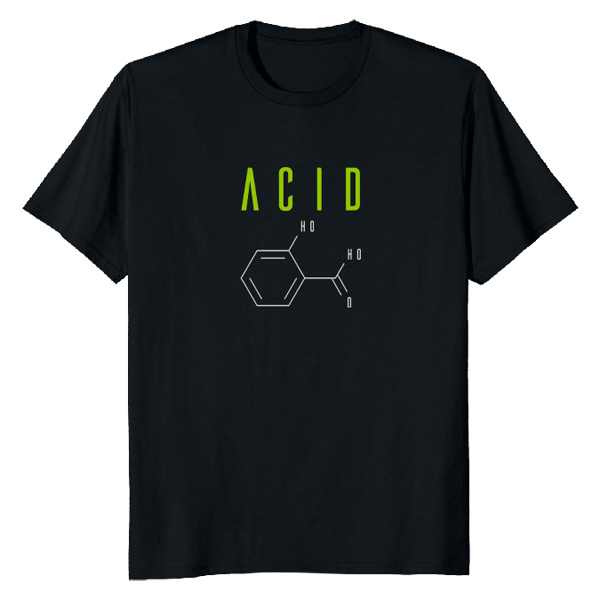
Comfort Meets Style
While the attire boasts an avant-garde aesthetic, comfort remains key. Ravers opt for functional yet fashionable pieces that facilitate movement on the dance floor. Think comfortable sneakers or boots for hours of dancing, breathable fabrics, and flexible clothing that allows unrestricted movement while grooving to the infectious techno rhythms.
Individuality and Self-Expression
One of the charms of techno outfits is their versatility and the freedom they provide for self-expression. Ravers infuse their own style, mixing and matching elements to create unique ensembles. From cyberpunk-inspired accessories to retro-futuristic statement pieces, every outfit is a reflection of personal taste and a celebration of individuality within the pulsating rave culture.
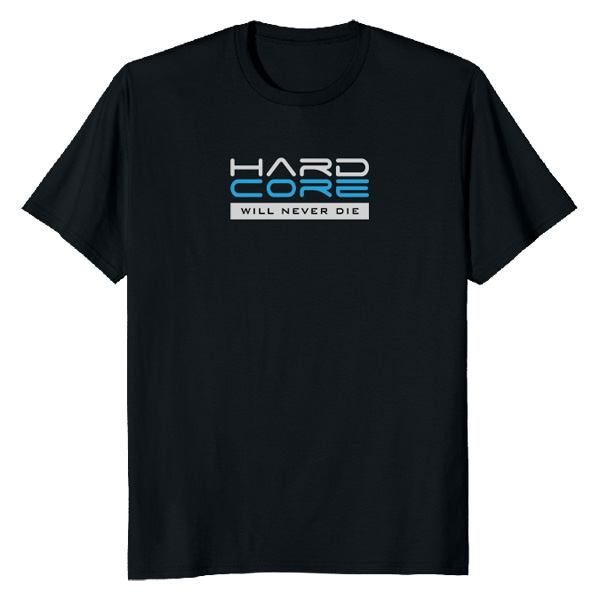
Accessorizing for the Rave
Accessorizing plays a pivotal role in techno attire. Glowing accessories, LED jewelry, neon bracelets, and bold, statement sunglasses are just a few staples of rave fashion. Face paint, body glitter, and fluorescent body paint are also popular, adding a touch of whimsy and adding to the vibrant atmosphere of the event.
The Techno Fashion Experience
In the world of rave parties, techno clothing isn’t merely about what you wear; it’s a form of artistic expression and an integral part of the immersive experience. Each techno outfit tells a story, adding to the colorful tapestry of the rave culture and contributing to the overall electric atmosphere that defines these pulsating events.
Dive Deeper: Explore More Rave Music Insights
Delve into an array of captivating articles that unravel the diverse facets of rave music and its subgenres:
- House vs Trance: Uncover the nuances between house and trance music, exploring their distinct characteristics, beats, and the atmospheric vibes that set them apart.
- Is House Music EDM?: Explore the relationship between house music and the broader EDM genre, discovering the connections, differences, and their impact on the electronic music scene.
- Best 90s Techno Songs: Take a nostalgic journey through the best techno tracks of the 90s, reliving the era of groundbreaking beats and influential rhythms that shaped the genre.
- Best Techno DJs: Discover the maestros of techno music, diving into a curated list of the most iconic and influential techno DJs who have shaped the landscape of electronic music.
- What is Gabber?: Unveil the raw energy and intensity of the gabber genre, exploring its roots, distinctive features, and its place within the spectrum of hardcore electronic music.
- What is Hardstyle Music?: Immerse yourself in the world of hardstyle music, understanding its aggressive beats, distorted sounds, and the culture that surrounds this powerful genre.
Expand your knowledge and deepen your understanding of rave music by exploring these insightful articles, each offering a unique perspective on various subgenres and aspects within the electrifying realm of electronic dance music.
Conclusion
Rave music is a captivating genre that has revolutionized the music industry. Its energetic beats, pulsating basslines, and electrifying atmosphere have made it a favorite among music enthusiasts worldwide. Whether you’re a fan of progressive house, trance, or hardcore gabber, there is a rave music genre for everyone. So put on your dancing shoes, join the party, and let the music take you on an electrifying journey.
Join the rave revolution and experience the electrifying world of rave music firsthand! Grab your friends, find a local rave, and let the music guide you on an unforgettable journey of euphoria and dance.
Related Posts
- What to Wear to a Rave for Maximum Fun
- The Evolution and Impact of Rave Music: From Underground Parties to Global Phenomenon
- What Does PLUR Mean? Breaking it Down
FAQ
Rave music is a genre of electronic dance music that is specifically created for parties and raves. It is characterized by its high tempo, repetitive beats, and energetic melodies.
Some popular types of rave music genres include progressive house, acid house, EDM, drum & bass, trance music, techno music, hardstyle music, hardcore gabber music, ambient music, and breakbeat music.
Frankie Knuckles, often referred to as the “Godfather of House Music,” played a vital role in the development of house music, a genre that became synonymous with the rave culture.
The term “rave” originated from the late 1950s jazz and blues scene in the United States. It was later adopted by the British underground party scene to describe the all-night dance parties.
Underground parties provided a platform for DJs and artists to showcase their skills and experiment with new sounds. The underground rave scene became a breeding ground for creativity and innovation, pushing the boundaries of electronic music.
